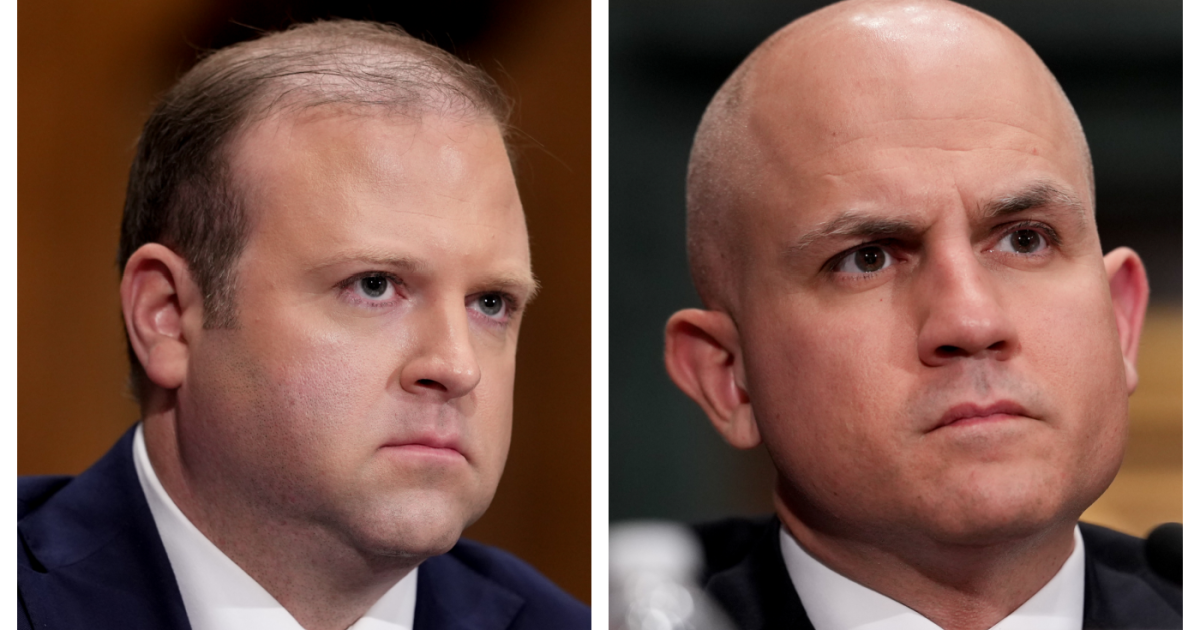
Wells Fargo is asking a judge to rule in its favor in a
Plaintiffs say the bank
"Wells Fargo follows government sponsored enterprise guidelines in our decision making for conforming loans and our underwriting practices are consistently applied regardless of race or ethnicity of the applicant," said Wells in a statement Monday. "Any suggestions otherwise are simply inaccurate."
Several plaintiffs did not have applications rejected, and others were denied for legitimate, race-neutral reasons, the company said. The lender's filing described how its origination software works, suggesting the tools in question don't make approval or rejection decisions and don't use artificial intelligence.
The credit scoring model Wells used during the class period, between 2018 and 2022, was "AI influenced," said Dennis S. Ellis, partner at Ellis George LLP, representing the plaintiffs. In a statement Monday, the lead attorney recalled the bank's checkered past regarding its
"Using its own AI influenced Credit Scoring Model, Wells Fargo has actively perpetuated racial and ethnic lending practices that have led to it becoming a self-admitted 'outlier' in denial rates of minority loan applicants in the industry," wrote Ellis.
Attorneys for Wells Fargo didn't return requests for comment.
How Wells originates mortgagesThe latest 37-page motion explains Wells' tools: Common Opportunities, Results and Experiences (CORE), Enhanced Credit Scoring (ECS) and the Risk Engine. The bank's CORE system alone processed 2.7 million applications during the class period.
CORE gathers application data and plugs it into the risk engine, only sharing required race and ethnicity entries with the bank's fair lending team, the filing said. The Risk Engine combines app and credit report data and compares it to thousands of Wells, GSE and federal agency policies to determine if a transaction is within guidelines.
"The Risk Engine uses 'business rules,' which are discrete pieces of objective, 'if-then' logic that can answer questions," wrote attorneys for Wells. "The business rules are based on eligibility, documentation, and underwriting policies."
The tool determines eligibility and sends messages to processors and underwriters, flagging items such as required escrow for
ECS, the lender's automated underwriting system, scores the expected future performance of a loan and highlights risks such as accounts past due. The bank ran applicants through the GSE's AUSes and ECS, using the best result for a "hybrid" credit risk class to determine a loan's salability to Fannie Mae and Freddie Mac.
Model 11960, within ECS, allowed some applicants to be approved even if the GSE's AUSes determined they were eligible. Wells as of July 2021 no longer uses that model as Fannie and Freddie today require their own AUSes make all eligibility determinations, according to the motion.
Other defensesWells maintains in filings the lawsuit's Equal Credit Opportunity Act claims are moot because, among other reasons, plaintiffs have failed to specify the policies they're challenging.
Attorneys for the lender, citing expert analysis, suggest there's many reasons for the approval gap between white and minority borrowers, including historical and systemic factors. A
Among numerous legal defenses, the recent motion also describes each lead plaintiff's unique mortgage experience with the bank, situations which Wells suggests weakens their cases.
Discovery in the case has closed. The sides are set to argue class certification before a judge in September, and the summary judgment motion in October. A jury trial is set for December, according to federal court records.



